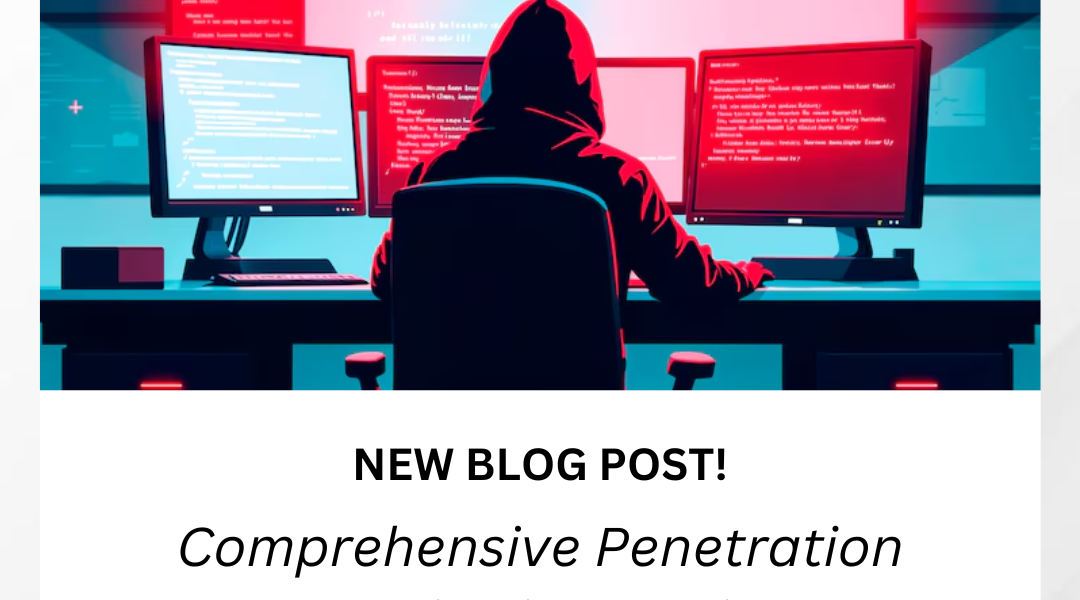In today’s digital age, telecom employees are on the front lines of cybersecurity. Your role in protecting sensitive data and critical infrastructure is paramount. This guide provides essential knowledge and practical tips to safeguard your organization and yourself from cyber threats.
This comprehensive guide is designed to equip you with the knowledge and tools you need to safeguard your organization and yourself from cyber threats.
Understanding the Cybersecurity Landscape
What is Cybersecurity?
Cybersecurity is the practice of protecting computer systems and networks from digital attacks. These attacks can range from simple hacking attempts to sophisticated cyberattacks that can cripple entire organizations.
Why is Cybersecurity Important for Telecom Employees?
Telecom employees handle sensitive data and critical infrastructure. A single mistake, such as clicking on a malicious link or downloading an infected file, could have devastating consequences. This could lead to data breaches, service disruptions, and financial losses for your organization.
Common Cyber Threats Targeting the Telecom Industry
The telecom industry is a prime target for cyberattacks due to the valuable data it handles. Here are some of the most common cyber threats:
-
Phishing Attacks:
- These attacks involve tricking individuals into revealing sensitive information, such as passwords and credit card numbers, by disguising oneself as a trustworthy entity in an electronic communication.
- Phishing emails often mimic legitimate organizations and may contain malicious links or attachments.
-
Malware Attacks:
- Malicious software, or malware, is designed to infiltrate computer systems without the user’s knowledge. It can take various forms, including:
- Viruses: Self-replicating programs that can damage systems and data.
- Worms: Self-propagating malware that spreads across networks.
- Ransomware: Malware that encrypts files and demands a ransom for decryption.
- Trojan Horses: Malicious programs disguised as legitimate software.
- Malicious software, or malware, is designed to infiltrate computer systems without the user’s knowledge. It can take various forms, including:
-
Denial-of-Service (DoS) Attacks:
- These attacks aim to overwhelm a system or network with traffic, making it inaccessible to legitimate users.
- Distributed Denial-of-Service (DDoS) attacks involve multiple compromised systems to launch attacks.
-
Man-in-the-Middle Attacks:
- Attackers intercept communication between two parties to eavesdrop on or manipulate data.
-
Insider Threats:
- Malicious activities carried out by individuals within an organization, such as employees or contractors.
Best Practices for Telecom Employees
1. Strong Password Hygiene:
- Create strong, unique passwords for each account.
- Use a password manager to securely store and generate complex passwords.
- Avoid sharing passwords with others.
2. Secure Remote Work:
- Use strong Wi-Fi passwords and enable network encryption.
- Be cautious of public Wi-Fi networks.
- Keep your devices and software up-to-date with the latest security patches.
- Use reputable antivirus and anti-malware software.
- Be wary of phishing emails and suspicious links.
3. Data Privacy and Protection:
- Handle customer data with care and adhere to privacy regulations.
- Avoid sharing sensitive information over unsecured channels.
- Encrypt sensitive data both at rest and in transit.
4. Phishing Awareness:
- Be cautious of unsolicited emails, texts, or calls.
- Verify the sender’s identity before clicking on links or downloading attachments.
- Report suspicious activity to your IT department.
5. Social Engineering Awareness:
- Be cautious of social engineering tactics, such as pretexting or baiting.
- Avoid sharing personal information on social media platforms.
6. Secure Coding Practices:
- Follow secure coding guidelines to minimize vulnerabilities in software development.
- Regularly review and update code to address security risks.
7. Incident Response:
- Know your organization’s incident response plan.
- Be prepared to respond to security incidents promptly and effectively.
8. Continuous Learning and Training:
- Stay updated on the latest cybersecurity threats and best practices.
- Attend regular cybersecurity training sessions.
- Participate in security awareness programs.
9. Cybersecurity Culture:
- Foster a strong cybersecurity culture within your organization.
- Encourage employees to report suspicious activity.
- Promote a security-conscious mindset.
By following these best practices and staying informed, you can play a vital role in protecting your organization and its customers from cyber threats. Remember, cybersecurity is an ongoing process. Stay vigilant, adapt to emerging threats, and prioritize security in all your actions.
Download Your Free Cybersecurity Guide
To delve deeper into cybersecurity best practices and learn more about protecting your organization, download our free ebook, “Cybersecurity Blueprint: A Tailored Guide For Every Industry“
By taking proactive steps and staying informed, you can contribute to a more secure digital future.


